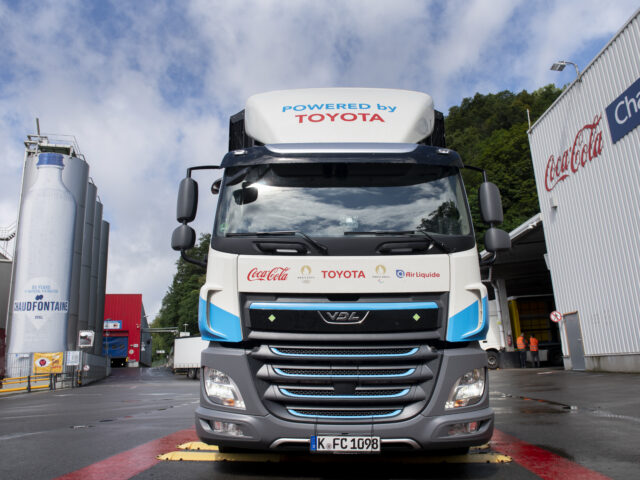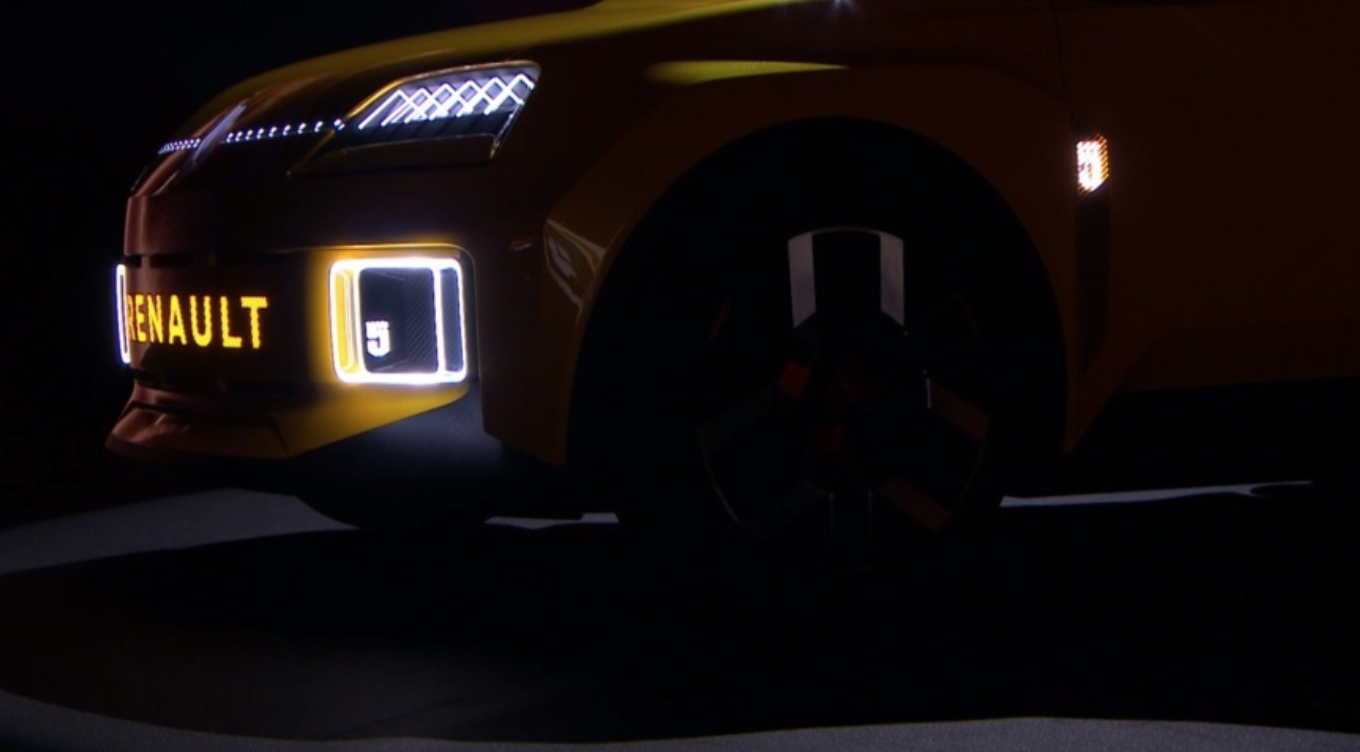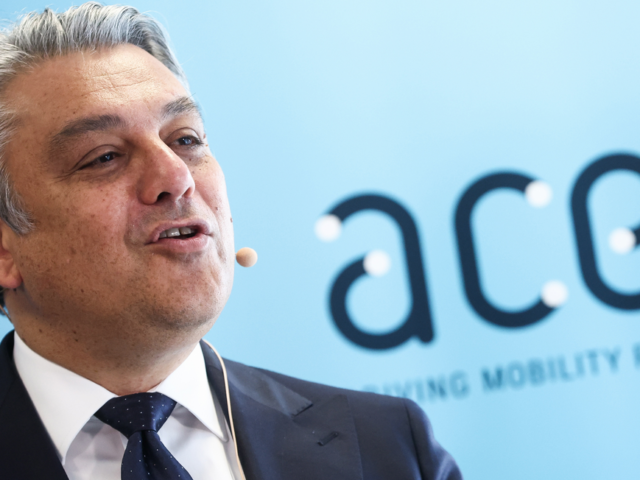
Renault, at the edge of the abyss, takes heart again

Renault is fighting to get out of trouble. New iconic cars like the (electric) R5 ‘revisited’ can help here /Renault
2020 has been an 'annus horribilis' for Renault. It lost € 8 billion last year and the yearly turnover shrunk by 21,7% to € 43,5 billion


Comments
Ready to join the conversation?
You must be an active subscriber to leave a comment.
Subscribe Today